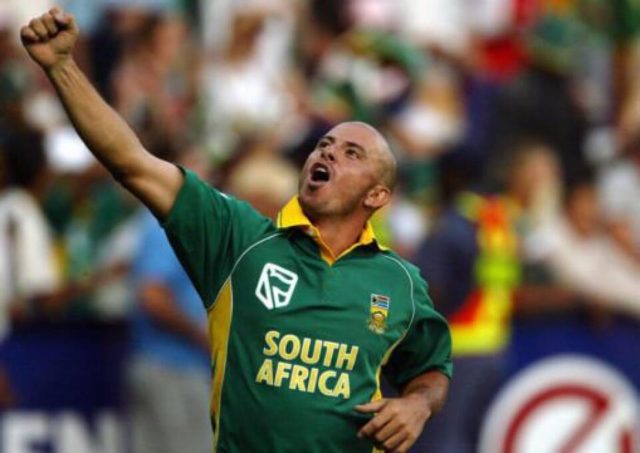In picking a middle-order for the best Proteas ODI side, ‘flexibility’ should always be kept in mind. Stuart Hess picks his best batters.
IN picking a middle order for the best Proteas ODI side post isolation, ‘flexibility’ should always be kept in mind. This quartet can shift around, especially No 3 and 4 in the order.
Tactics or gut feel, it doesn’t really matter as long as those in charge keep an open mind. STUART HESS looks at the best of the Proteas in the middle order (and at No 3).
See the openers we’ve selected:
Picking the best ODI XI: The openers
MIDDLE ORDER (incl. No 3)
No 3
Herschelle Gibbs:
His best (and most famous) innings came at first drop at the Wanderers in 2006. Gibbs was of course a prodigious opener as well, so slotting in here won’t hamper the side.
As was the case with the Test team, Gibbs’ flamboyance masked a real toughness in his game. That is clearly illustrated in his World Cup record – 25 matches, 1067 runs at an average of 56.15.
No 4
Jacques Kallis:
A bit more stoic than some of his teammates in this line-up, but that’s okay. This team needs a rock in the middle order and Kallis can provide that.
Could certainly open his shoulders when the occasion demanded, and of course his bowling provides an extra tool for the captain.
No 5
AB de Villiers:
Couldn’t leave him out of this line-up could you? De Villiers is the fifth highest run-scorer all time in World Cups, and of the top 10 run makers in cricket’s main One-Day tournament, his World Cup average of 63.52 is the highest – yup higher than Tendulkar, Ponting, Kohli and even Viv Richards.
He revolutionised One-Day batting by using every part of the crease, while inventing new areas in which to score. An ace in the field, and if De Kock doesn’t feel like it, he’ll keep as well.
No 6
Jonty Rhodes:
The first to perfect the reverse sweep. Coming in at 6, his running between wickets will be crucial in the latter stages and he didn’t lack for power either.
He enjoyed some wonderful battles with Australia and an overall average of 40 against them in 52 innings suggests, he often bested a team against which South Africa had some fierce battles in the 90s.
And then there’s the fielding. In this instance, a Rhodes, De Villiers, Gibbs triumvirate in the covers is going to be a difficult wall to breach.








